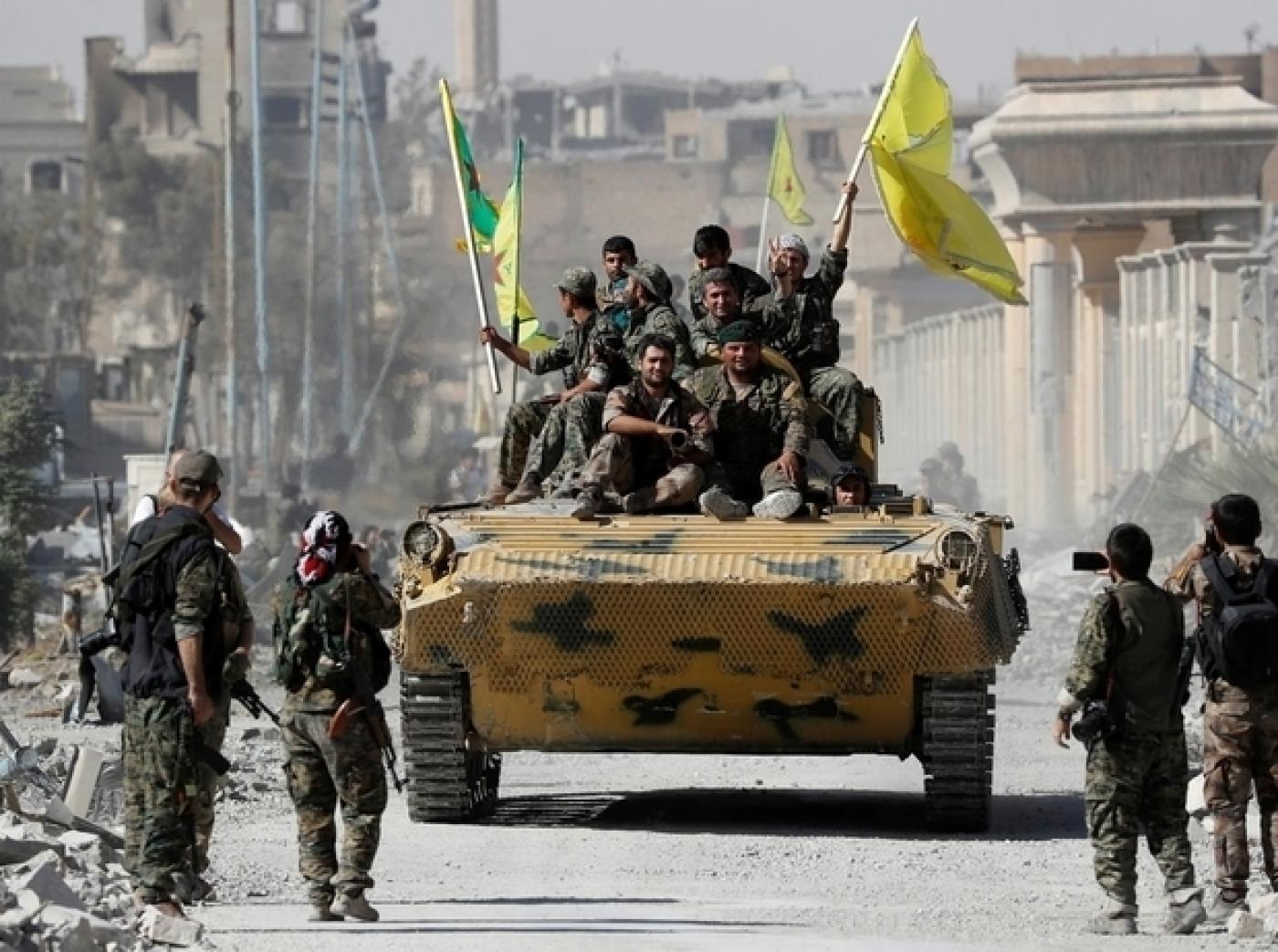United States and Turkey have come to an agreement for the creation of a “safe zone” inside the northeastern provinces of war-ravaged Syria. The deal, signed in the first week of August, is being implemented after the withdrawal of the Syrian Democratic Forces (SDF) from areas near the Turkish border. The SDF is largely composed of Kurdish militias, allied to the US. The deal has been strongly opposed by the Syrian government as a grave violation of the country’s sovereignty.
Turkey justifies its need to create the safe zone on two grounds. Firstly, it wants to prevent Kurdish militias from entering its own territory, where a popular movement for Kurdish independence is already being waged by the Kurdish Workers Party (PKK). Secondly, Turkey claims that it wants to explore the possibility of rehabilitating some of the over 3.6 million Syrian refugees in the region.
Till March, the US forces present in the region numbered around 2,000. They were involved in aiding the SDF, a coalition of the armed wings of the Democratic Union Party and the People Protection Unit (YPG) of the PKK, in their fight against the Islamic State of Iraq and Syria (ISIS). Half of the US forces have since been withdrawn.
The safe zone agreement was initially announced on August 7. Though the details of the deal have not been made public, it is widely known that Turkey, the US and other NATO allies have agreed to create a “peace corridor” deep inside Syrian territory, using the pretext of safeguarding of Turkish areas. However, disagreements remain over the depth of the corridor and its control.
According to different versions that have been “leaked” to the media, Turkey has demanded that the corridor must be at least 40 km deep inside the Syrian border. The US, however, has agreed to limit it to 20 km, while the Kurdish forces have, reportedly, agreed to withdraw between 5 to 9 km and that too only from the rural areas.
There are other disagreements regarding the nature and extent of control over the safe zone. According to Turkish media outlets, Turkey wants to build at least four permanent bases inside the region, which the Kurds have opposed.
There is a wider discussion about the nuances of this deal between the US and Turkey. However, the imperialist nature of the agreement has not been highlighted as much as it should have been. The fact remains that a territory is being divided among powerful countries, despite opposition from the state to which it belongs.
This territory encompasses parts of three provinces east of the river Euphrates, Raqqa, al-Hasakah and Deir ez-Zor, which are rich in oil and gas. This region is also one of the most fertile parts of Syria and is crucial for food supply. However, it has been out of Syrian government’s control since the beginning of the war, in 2011.
Home to the Kurdish minority, the region has always demanded more democratic relations with Damascus. However, unlike in Iraq and Turkey, the Kurds in Syria do not have a popular movement for independent statehood.
During the war, the region became home to all kinds of opposition forces, given the inability of the Assad government to maintain its control over remote areas. However, it was only after the emergence of the ISIS, that the US directly intervened in the region to aid the Kurdish fighters. After 5 years of war, it is currently under the control of the SDF, which wants to negotiate for a confederation within Syria.
The Turkish government’s hostile approach to the Kurdish question has been well documented. Turkey considers the YPG and the PKK as terrorist organizations because of the movement for independent statehood, which was launched in the 1980s to oppose the systemic discrimination and persecution of Kurds in Turkey. The PKK is designated as a terrorist organization by the US and the European Union, as well.
However, the Kurds are in no position to oppose the so-called safe zone agreement because of their dependence on the US. This collaboration between a regional power and the global hegemon could result in the long-term occupation of the land and its people.
The deal can potentially sow the seeds for yet another conflict in the region. The fact that both the US and Turkey have decided to sideline their recent spats on issues such as the US support to Kurdish militias, the purchase of S-400 by Turkey from Russia, and Turkey’s support for Iran, shows the opportunistic nature of imperialism.
Turkey’s imperialist ambitions in Syria have a long history. It has actively aided and supported anti-Assad opposition forces in the ongoing war. It has also undertaken two large scale military operations inside Syria in 2016 and 2018, allegedly, against the Islamic State and the YPG forces.
Turkey is already in the process of creating another safe zone around Idlib, near its border with Syria, using the pretext of the large number of Syrian refugees inside the country. Under the guise of a “de-escalation zone”, Turkey has allegedly tried to prolong rebel control over the region.
The Free Syrian Army, one of the main opposition groups in the war against Assad, has received military and political backing from Turkey. The Hayat Tahrir Al-Sham (HTM), an al-Qaeda ally that now controls Idlib, is also considered to be receiving military aid from Turkey. The second safe zone inside Syria’s north-east, will further consolidate Turkey’s control over large parts of the territory.





